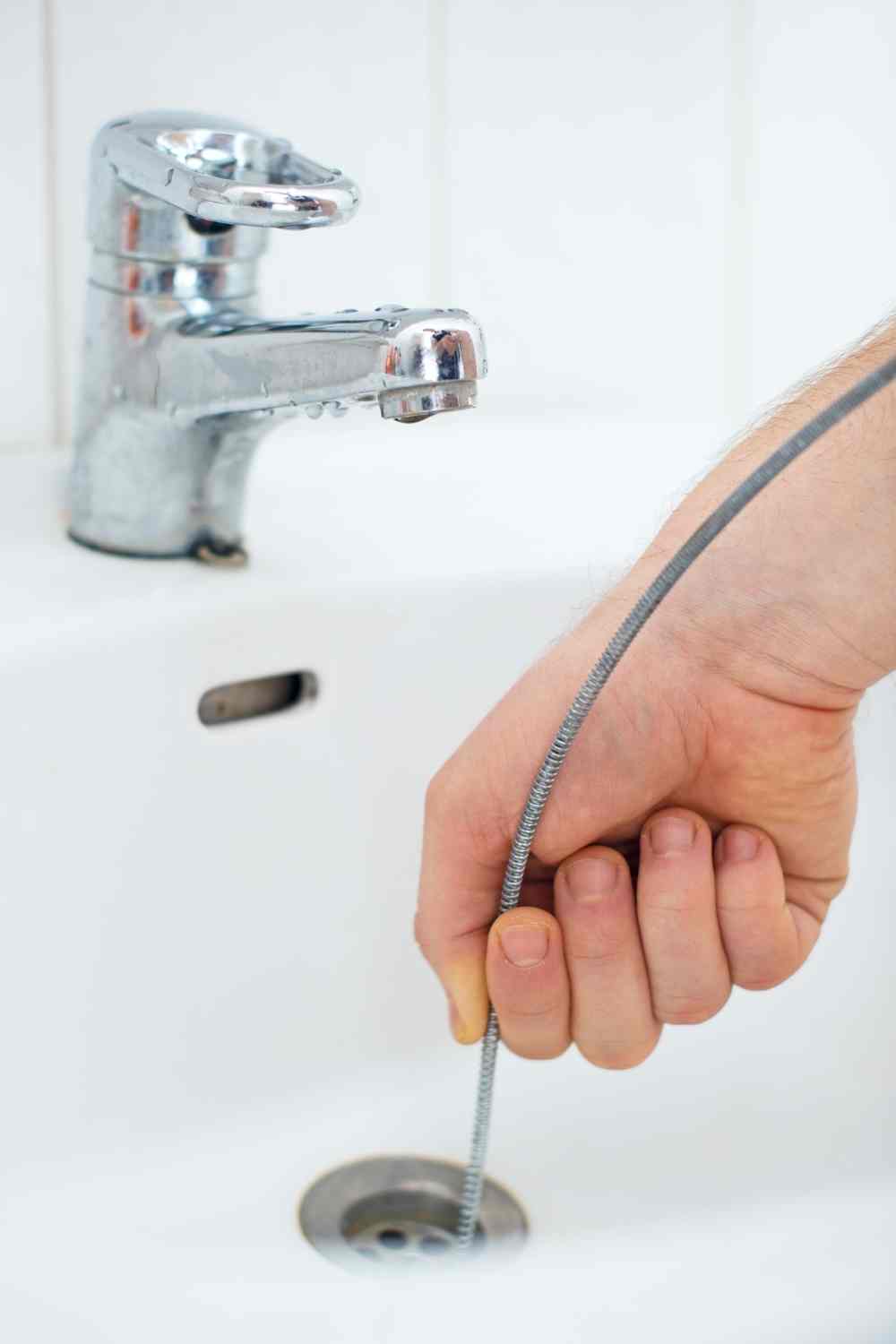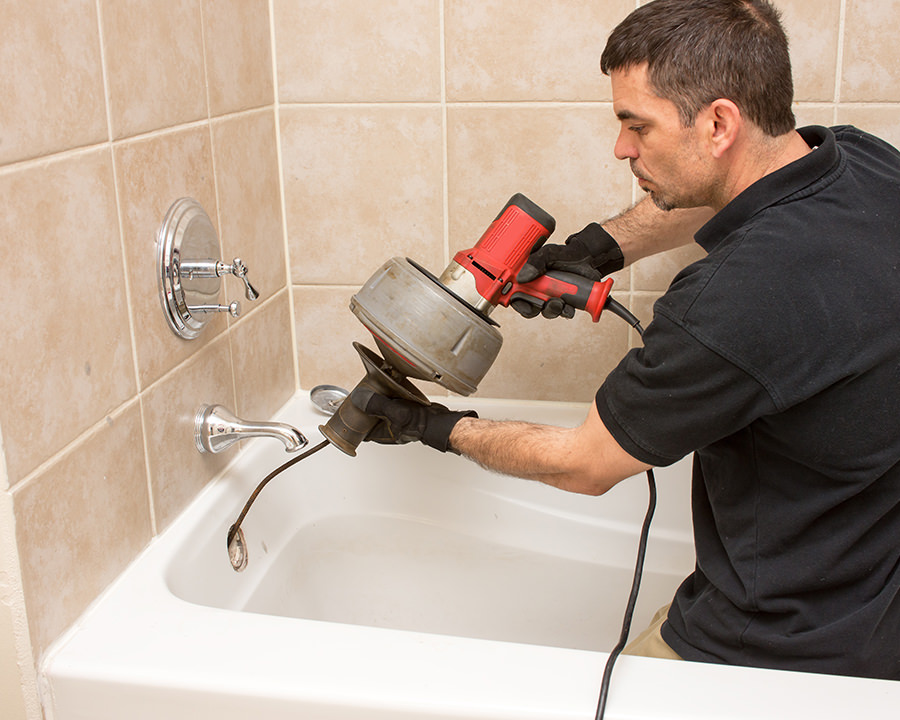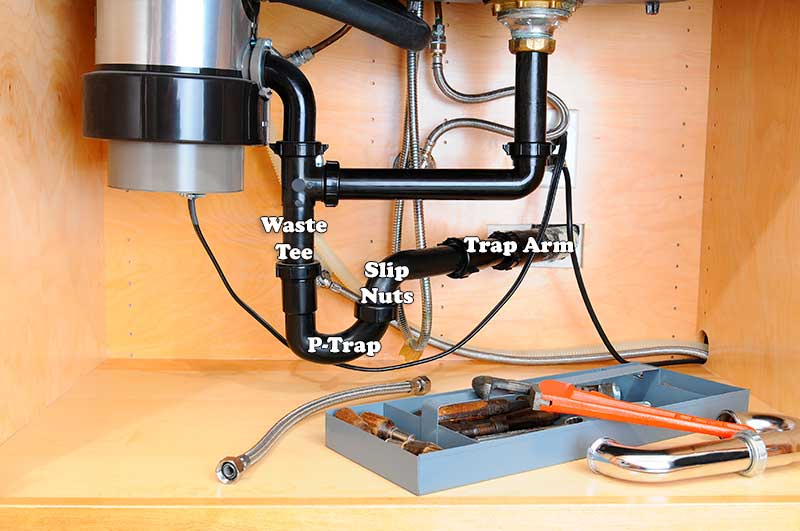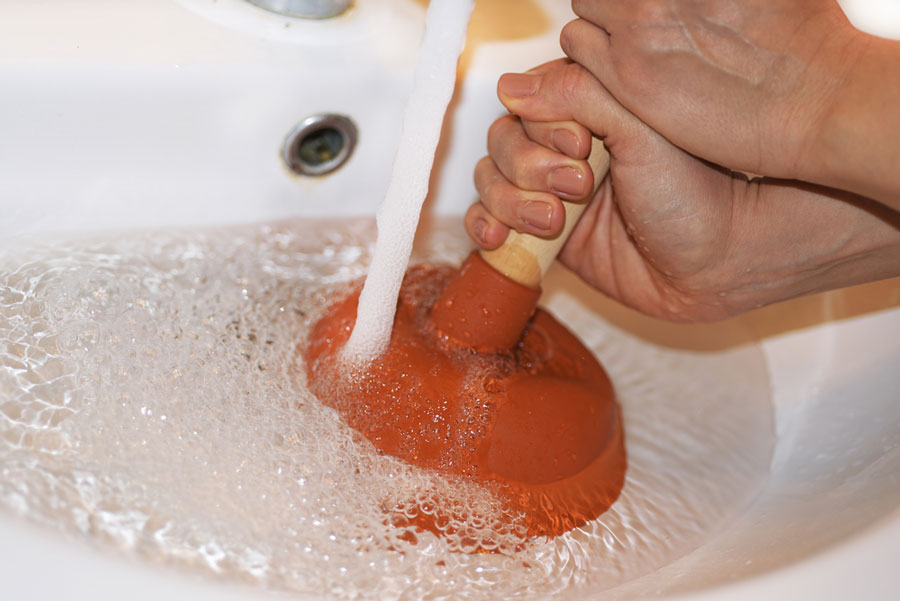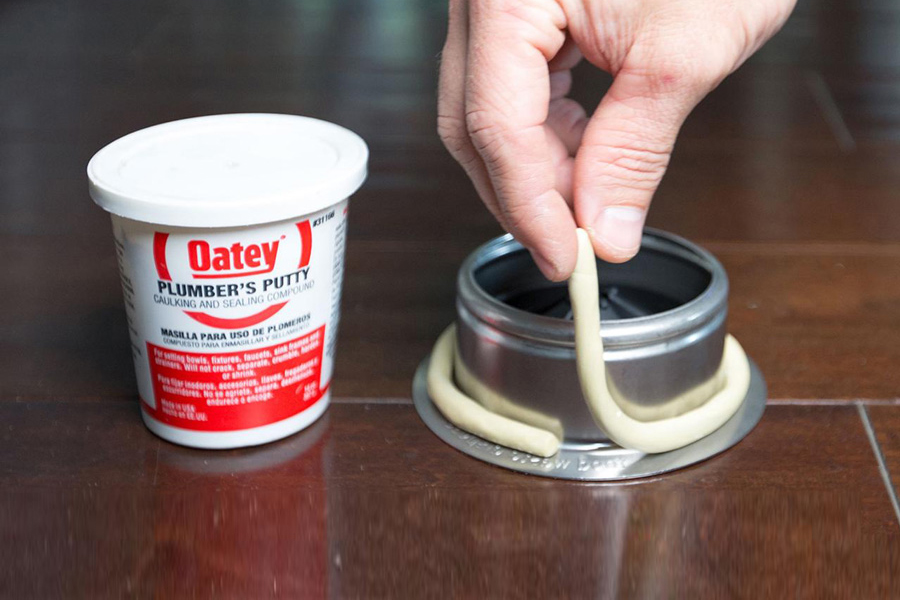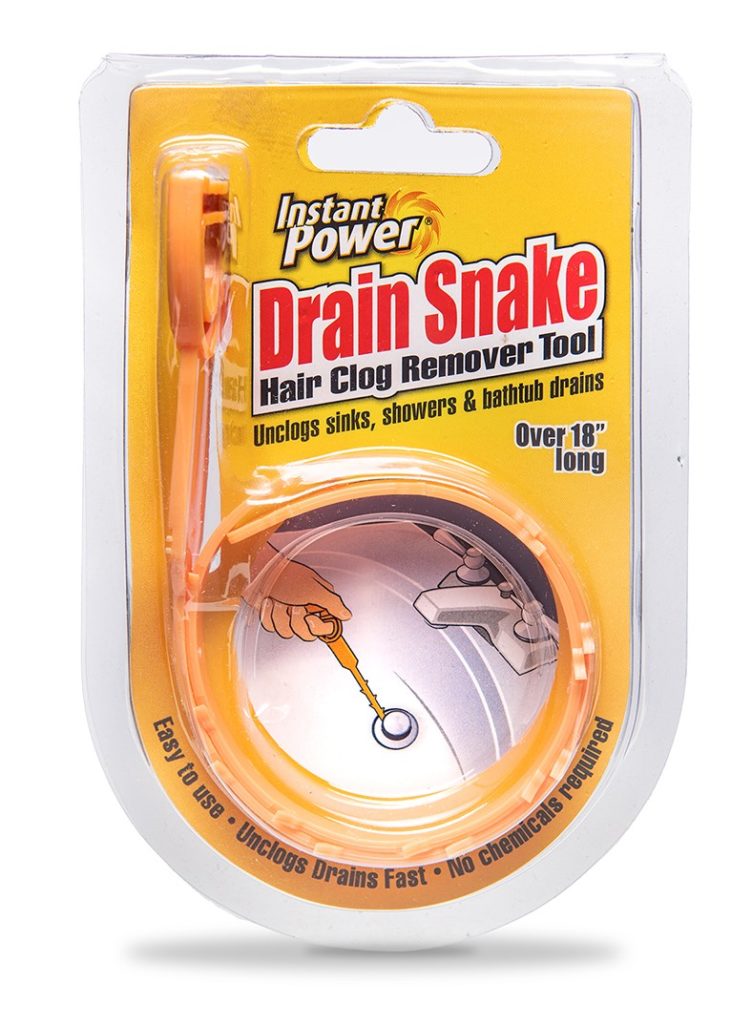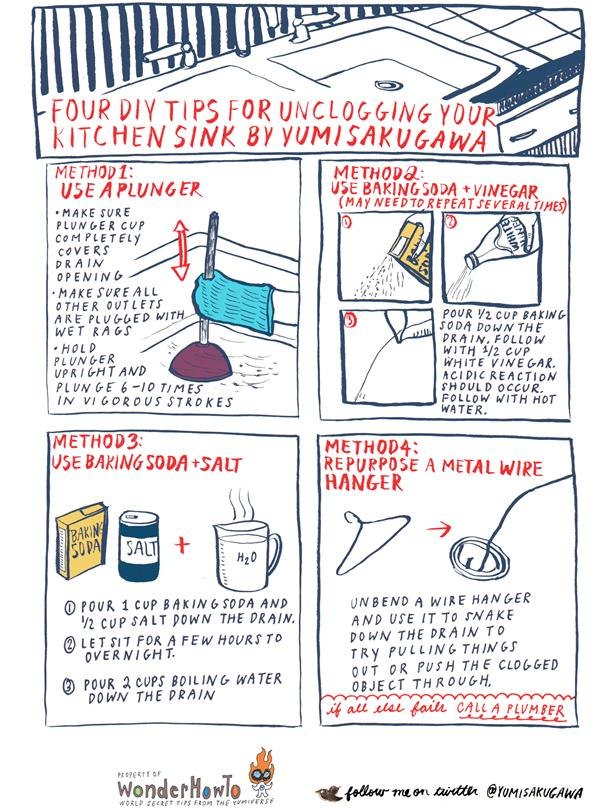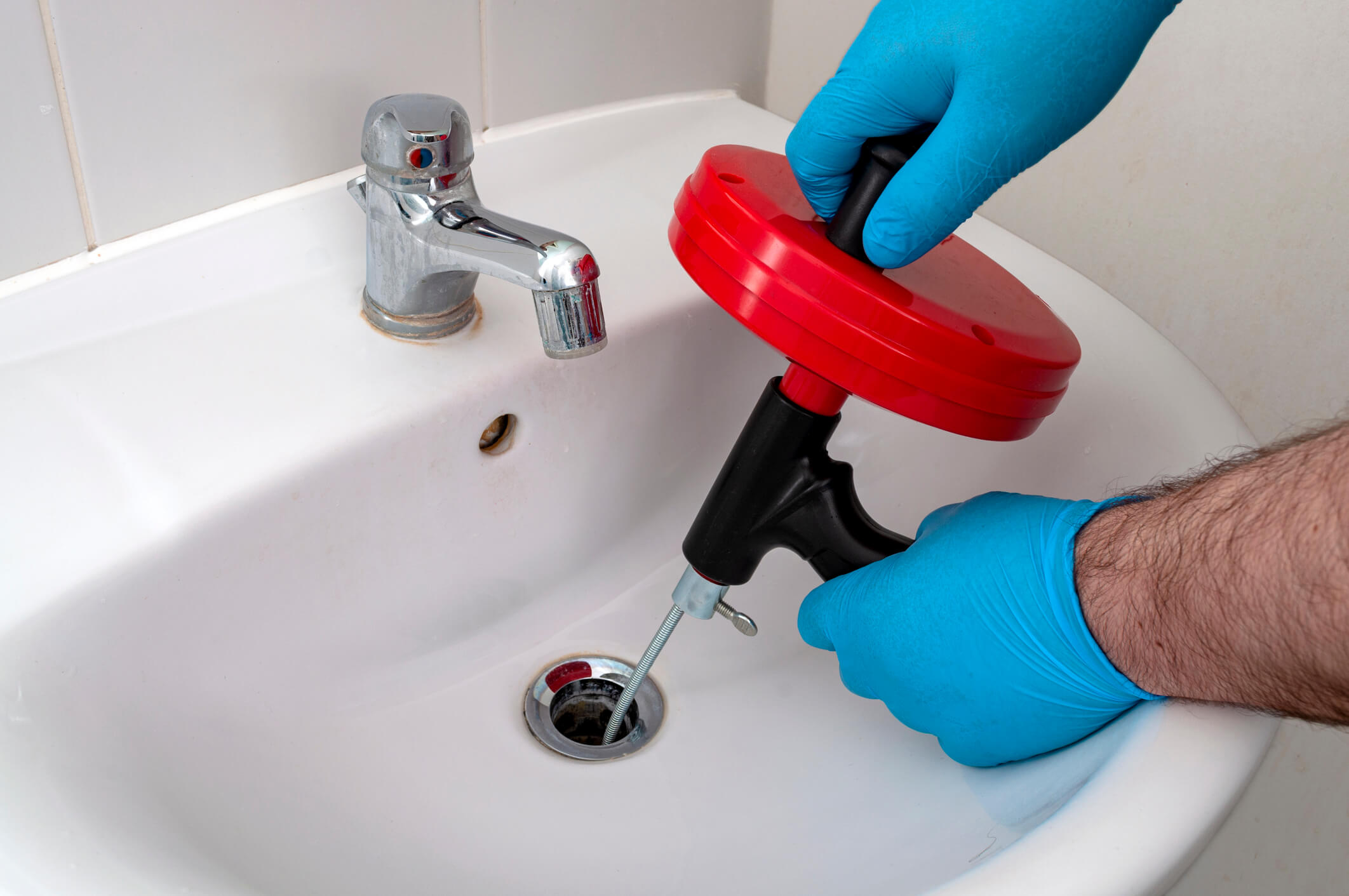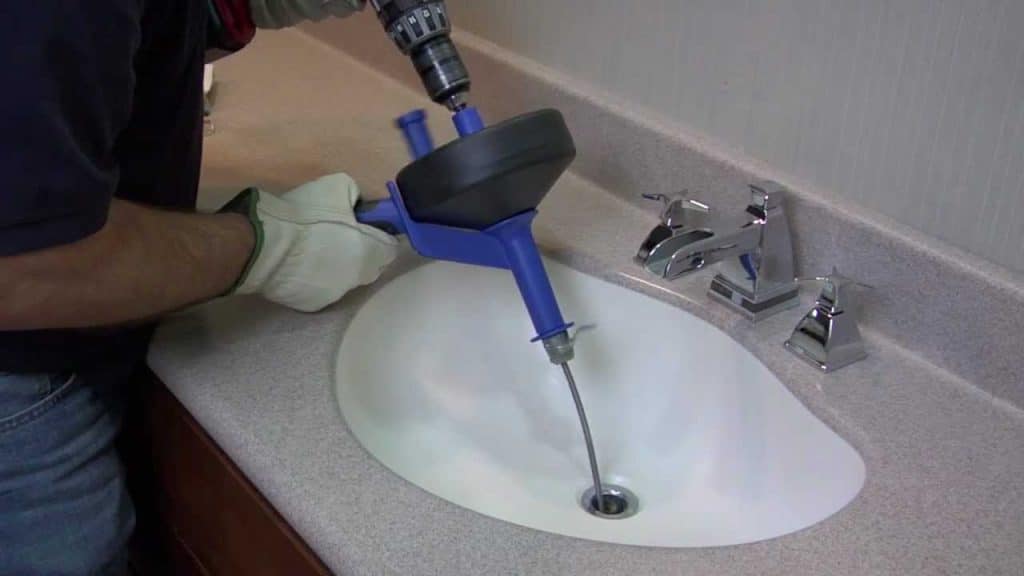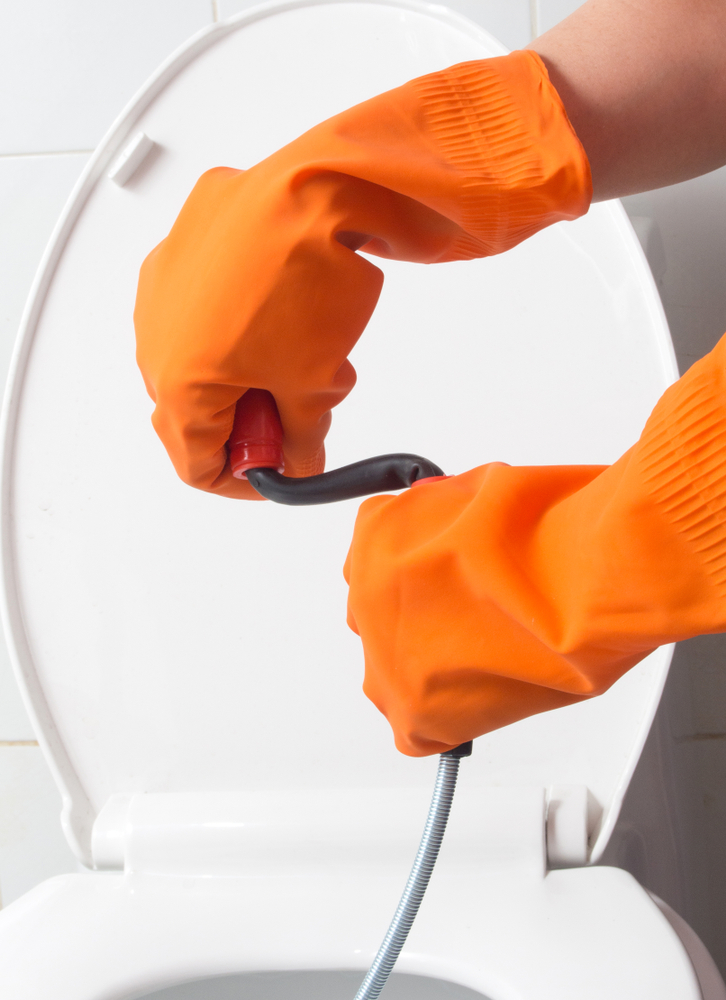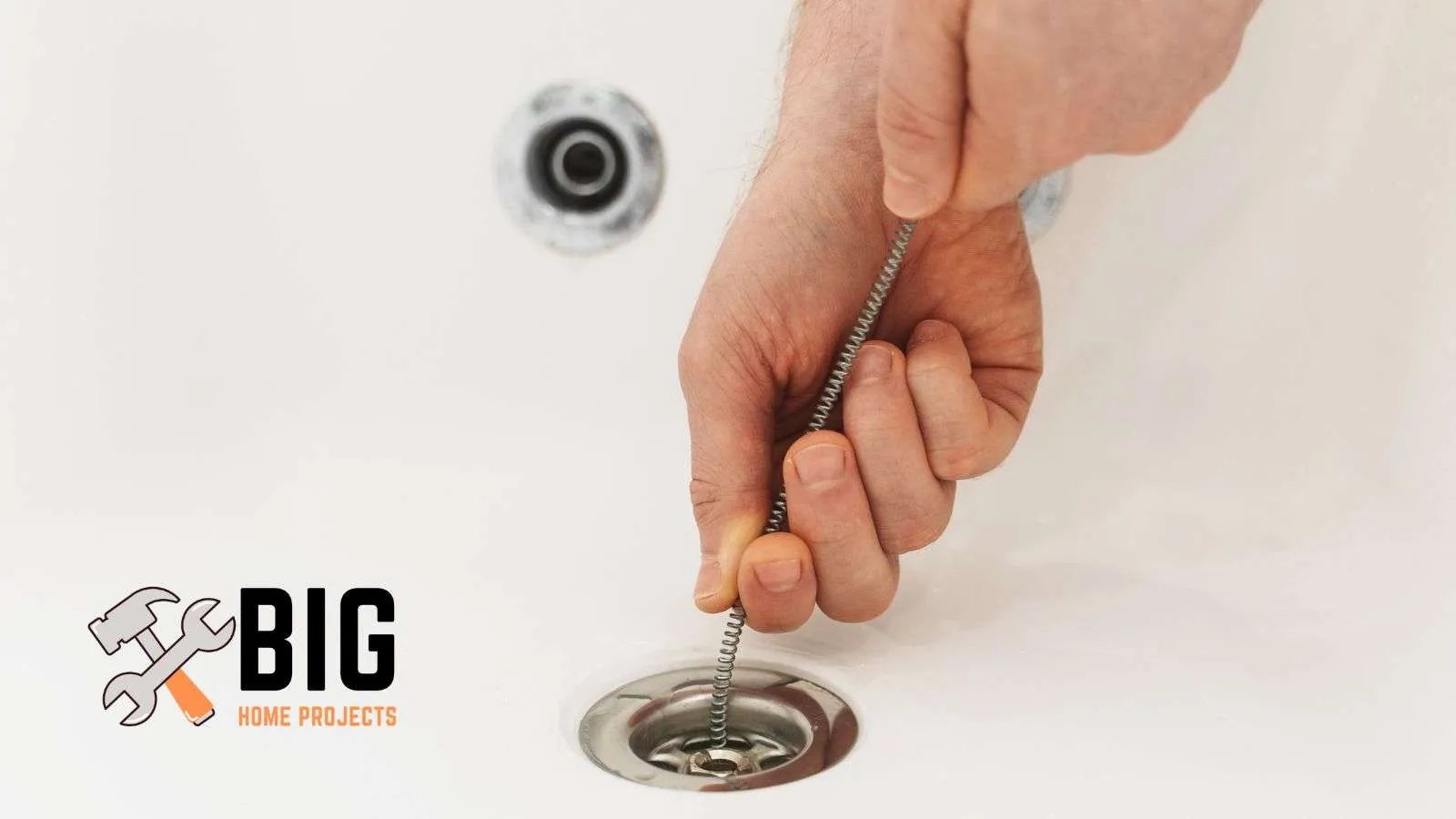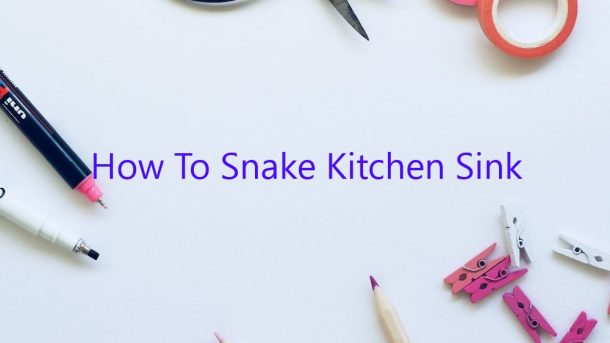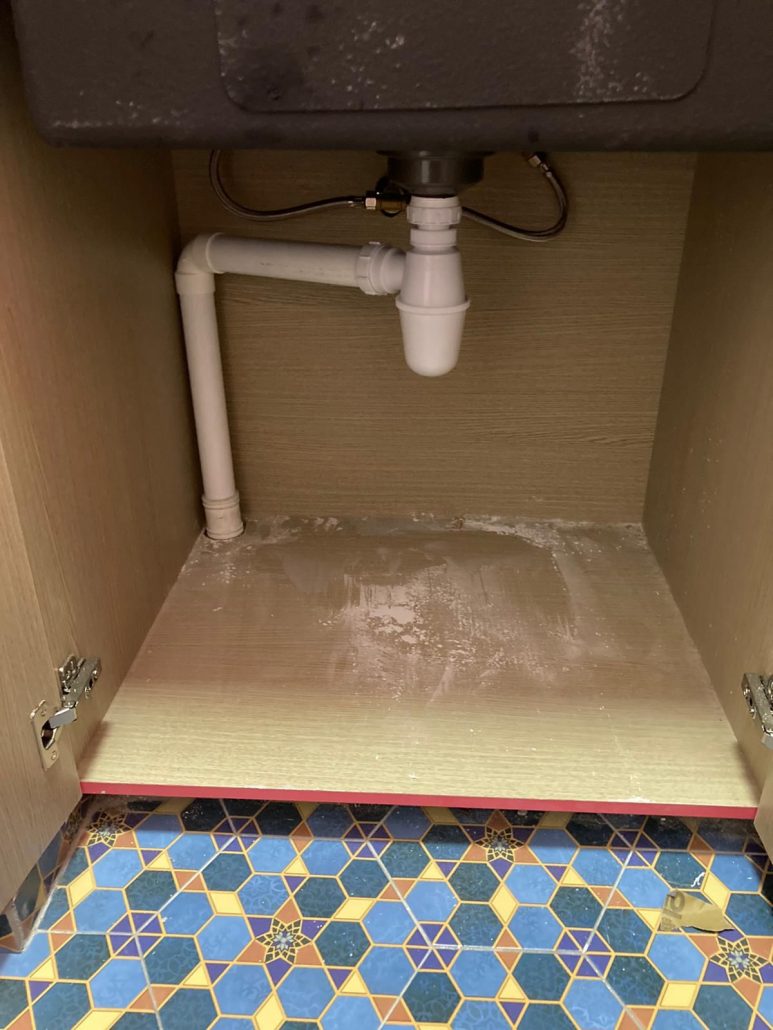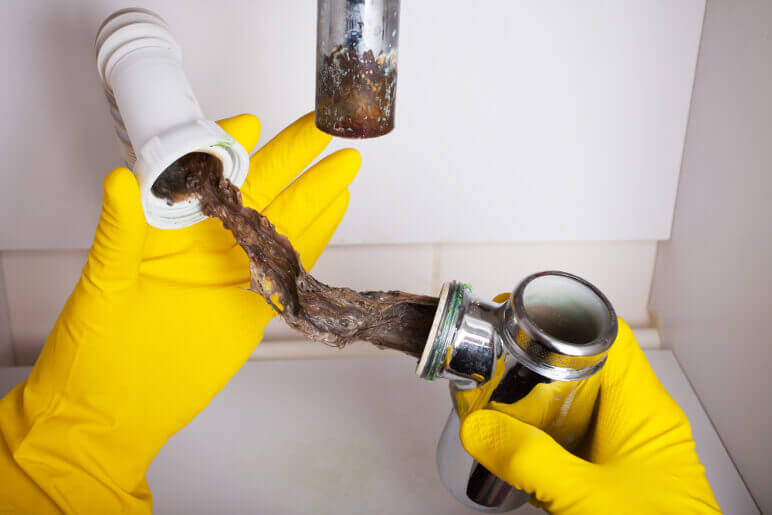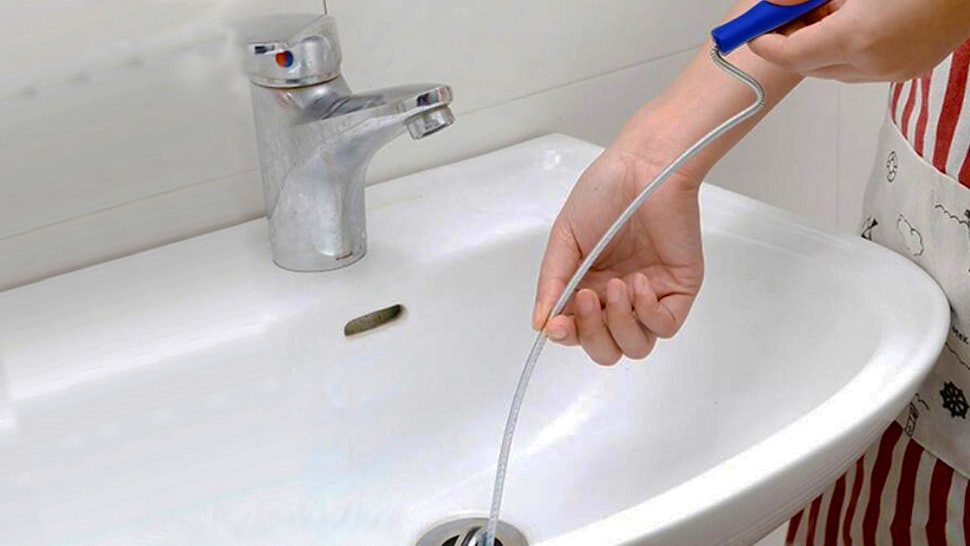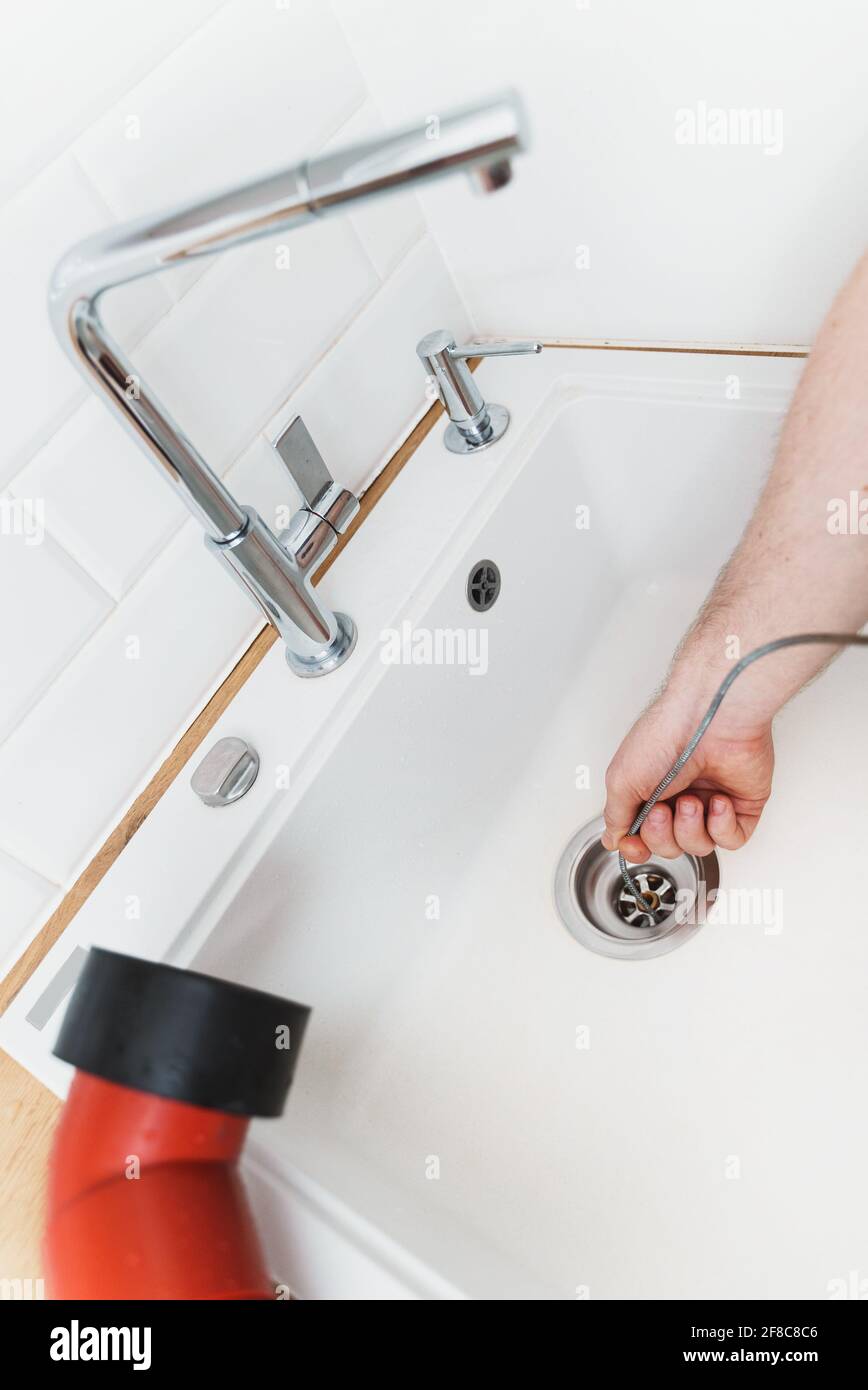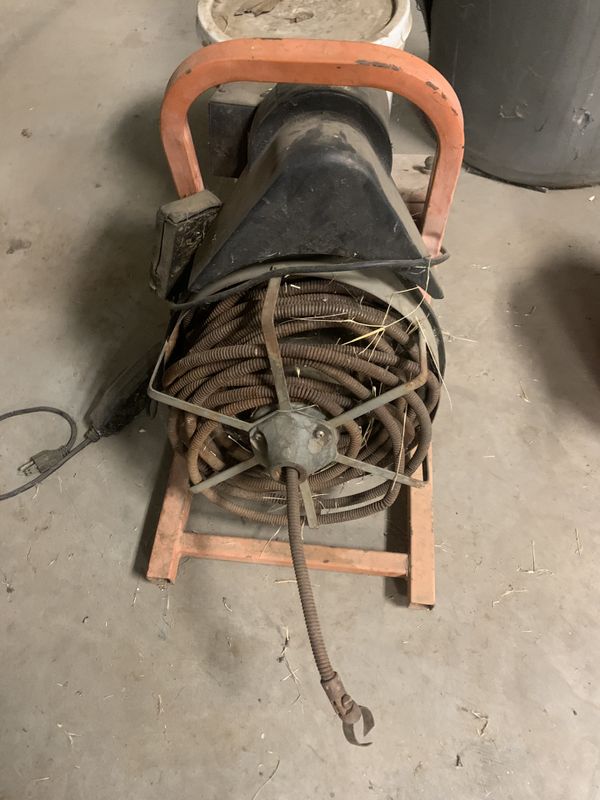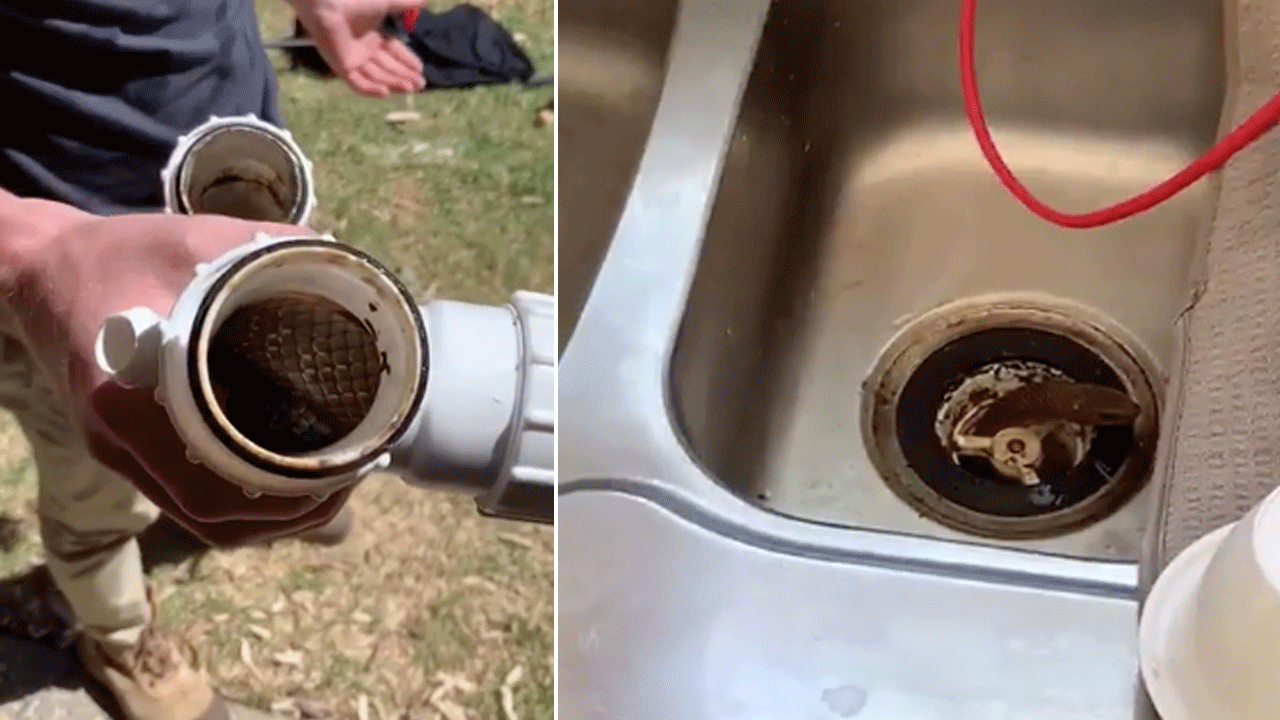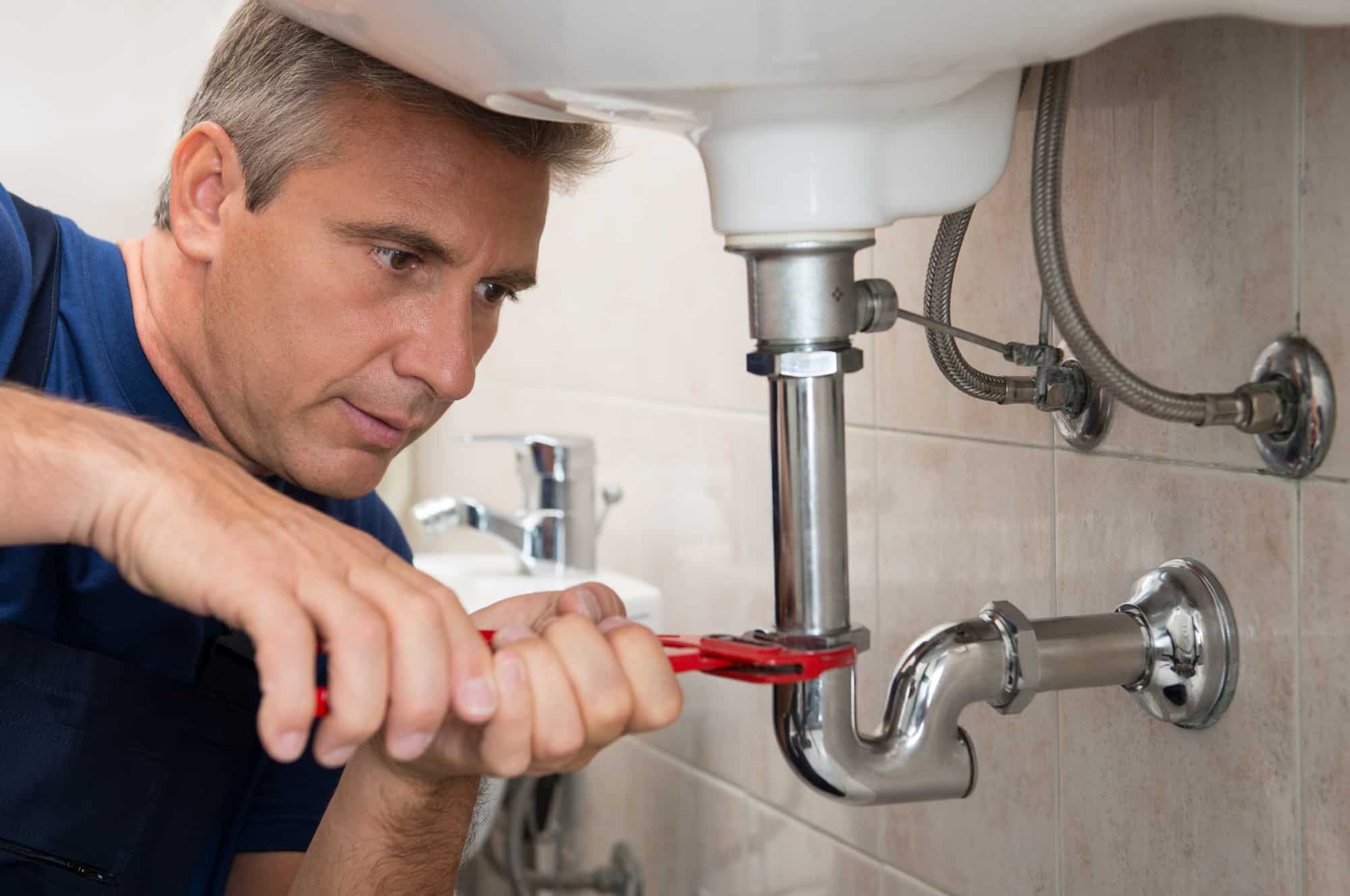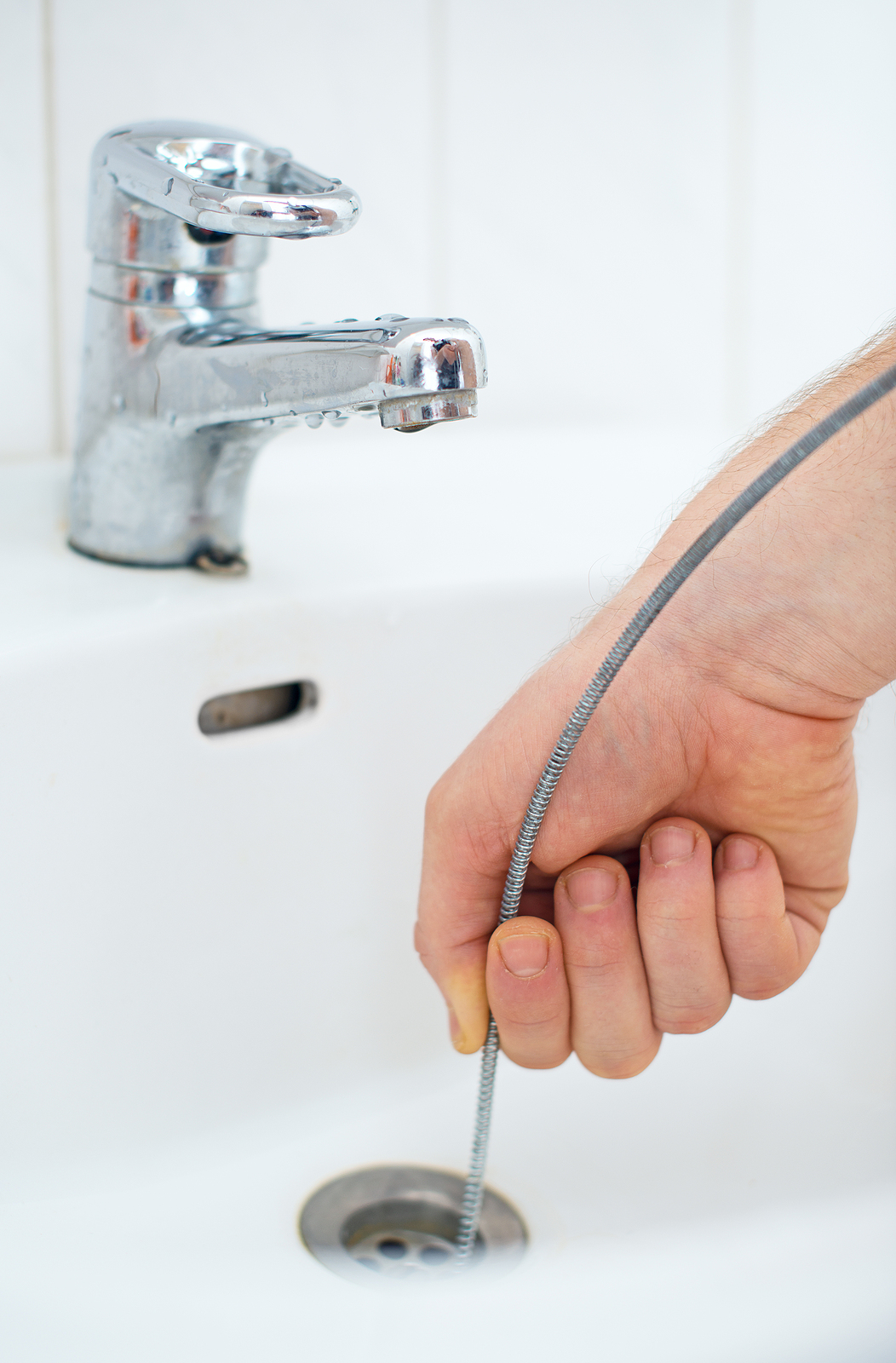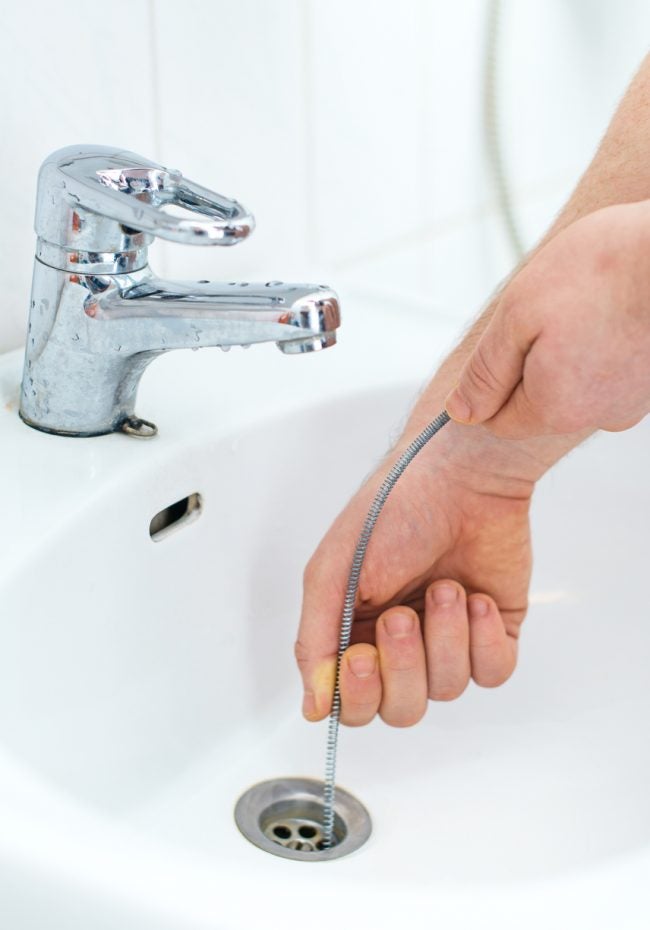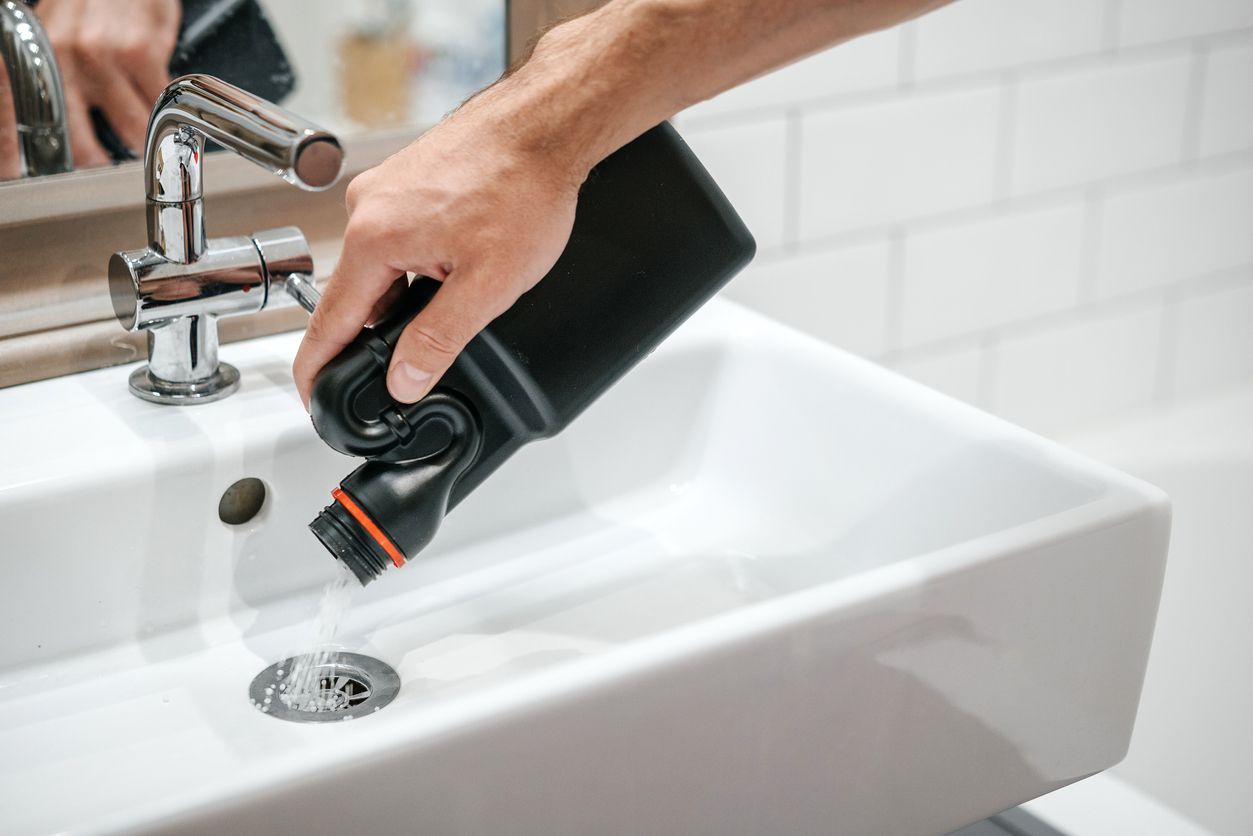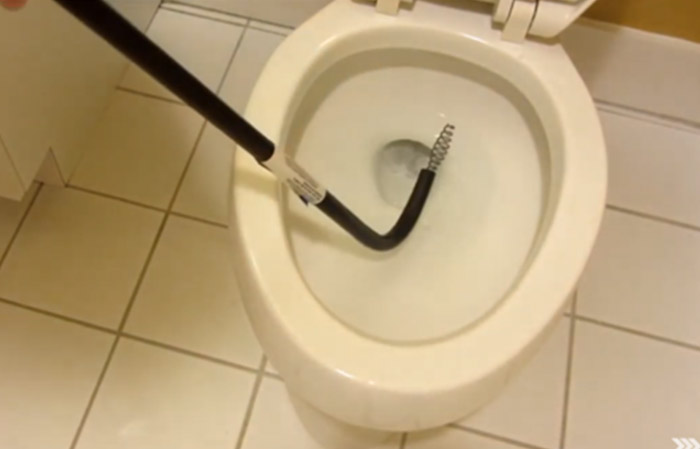If you're dealing with a clogged kitchen sink, using a plumber's snake can be a quick and effective solution. This handy tool is designed to break up and remove stubborn clogs that can't be cleared with a plunger. Follow these steps to properly use a plumber's snake on your kitchen sink.How to Use a Plumber's Snake on a Kitchen Sink
A plumber's snake, also known as a drain auger, is a long, flexible tool with a coiled metal cable and a handle on one end. It works by inserting the cable into the drain and rotating it to break up and remove the clog. Here's how to use it on a kitchen sink:Unclogging a Kitchen Sink with a Plumber's Snake
Step 1: Start by removing any standing water from the sink. If there is a lot of water, use a cup or a bucket to remove it. This will prevent any splashing or mess while using the plumber's snake. Step 2: Insert the cable end of the snake into the drain until you feel resistance. This is likely where the clog is located. Step 3: Begin turning the handle on the snake in a clockwise direction. This will help the cable move through the drain and break up the clog. Step 4: Keep turning the handle until you feel the cable break through the clog. You may also hear a gurgling sound as the water starts to drain. Step 5: Slowly pull the snake out of the drain, while still turning the handle. This will help remove any debris or hair that may be caught on the cable. Step 6: Run hot water down the drain to flush out any remaining debris and ensure the clog is completely cleared.Step-by-Step Guide for Using a Plumber's Snake on a Kitchen Sink
Using a plumber's snake can be an effective way to clear stubborn clogs in your kitchen sink. Here are some tips to make the process even easier:Clearing a Clogged Kitchen Sink with a Plumber's Snake
Tip 1: Before using the snake, try using a plunger to see if you can dislodge the clog. If the plunger doesn't work, then move on to using the snake. Tip 2: Make sure to wear gloves while using the snake to avoid any contact with bacteria or debris. Tip 3: If you have a double sink, make sure to cover the other drain with a wet cloth or a drain stopper. This will help create more suction and make it easier to remove the clog. Tip 4: If the clog is still not cleared after using the snake, you may need to call a professional plumber for further assistance.Tips for Using a Plumber's Snake on a Kitchen Sink
In some cases, using a plunger may not be enough to clear a clogged kitchen sink. This is where a plumber's snake comes in. By following the steps and tips outlined above, you can effectively use a plumber's snake to remove stubborn clogs in your kitchen sink.Using a Plumber's Snake to Remove a Clog in Your Kitchen Sink
When using a plumber's snake, it's important to follow proper safety precautions and techniques. This will not only help you effectively clear the clog, but also prevent any damage to your pipes or injuries to yourself.How to Properly Use a Plumber's Snake on a Kitchen Sink
If you're a DIY enthusiast, using a plumber's snake to clear a clogged kitchen sink can be a satisfying task. By following the steps and tips outlined above, you can confidently tackle the clog on your own and save money on calling a professional plumber.DIY Guide for Using a Plumber's Snake on a Kitchen Sink
Mistake 1: Not wearing gloves while using the snake, which can expose you to bacteria and debris. Mistake 2: Not using a plunger first, which can potentially clear the clog without the need for a plumber's snake. Mistake 3: Using too much force while turning the handle, which can damage your pipes. Mistake 4: Not pulling the snake out slowly while turning the handle, which can cause the cable to break and get stuck in the drain.Common Mistakes to Avoid When Using a Plumber's Snake on a Kitchen Sink
When dealing with a stubborn clog in your kitchen sink, using a plumber's snake can be a lifesaver. By following the proper steps and avoiding common mistakes, you can easily remove the clog and have your sink draining smoothly again.Using a Plumber's Snake to Clear a Stubborn Clog in Your Kitchen Sink
How to Effectively Use a Plumber’s Snake for Your Kitchen Sink

Keeping Your Kitchen Sink Running Smoothly
 The kitchen sink is an essential part of any home, used for everything from washing dishes to preparing food. So when it gets clogged, it can cause major inconvenience and disrupt daily routines. A clogged kitchen sink can be caused by a buildup of food particles, grease, and other debris. One effective solution to unclog your kitchen sink is by using a plumber’s snake. This simple tool can save you time and money by avoiding the need for costly plumbing services. In this article, we’ll discuss how to use a plumber’s snake to clear your kitchen sink and keep it running smoothly.
The kitchen sink is an essential part of any home, used for everything from washing dishes to preparing food. So when it gets clogged, it can cause major inconvenience and disrupt daily routines. A clogged kitchen sink can be caused by a buildup of food particles, grease, and other debris. One effective solution to unclog your kitchen sink is by using a plumber’s snake. This simple tool can save you time and money by avoiding the need for costly plumbing services. In this article, we’ll discuss how to use a plumber’s snake to clear your kitchen sink and keep it running smoothly.
Understanding How a Plumber’s Snake Works
 Before we get into the steps of using a plumber’s snake, it’s important to understand how this tool works. A plumber’s snake, also known as a drain auger, is a long, flexible cable with a coil at the end. The coil is designed to grab onto and break apart any clogs in your pipes. The cable is inserted into the drain and twisted until it reaches the clog. Once it reaches the clog, it can be pushed through or pulled back to remove the blockage.
Before we get into the steps of using a plumber’s snake, it’s important to understand how this tool works. A plumber’s snake, also known as a drain auger, is a long, flexible cable with a coil at the end. The coil is designed to grab onto and break apart any clogs in your pipes. The cable is inserted into the drain and twisted until it reaches the clog. Once it reaches the clog, it can be pushed through or pulled back to remove the blockage.
Step-by-Step Guide to Using a Plumber’s Snake for Your Kitchen Sink

Step 1: Gather Your Tools
Before you begin, make sure you have all the necessary tools for the job. In addition to the plumber’s snake, you’ll need a pair of rubber gloves, a bucket, and a flashlight.Step 2: Protect Your Surroundings
Plumbing can be messy, so it’s important to protect your surroundings before you start. Lay down towels or plastic sheets around your kitchen sink to catch any water or debris that may come out.Step 3: Remove the Drain Cover
Remove the drain cover or stopper from your kitchen sink. This will give you access to the drain and allow you to insert the plumber’s snake.Step 4: Insert the Plumber’s Snake
Insert the plumber’s snake into the drain and feed it through until you feel resistance. This is likely where the clog is located.Step 5: Twist and Push
Twist the plumber’s snake while pushing it further into the drain. This will help the coil at the end to grab onto the clog and break it apart. Continue twisting and pushing until you feel the clog loosen.Step 6: Remove the Plumber’s Snake
Once the clog has been loosened, pull the plumber’s snake out of the drain. You may need to use a bit of force to remove any remaining debris.Step 7: Turn on the Water
Once the plumber’s snake has been removed, turn on the water to flush out any remaining debris. This will also help to ensure that the clog has been completely cleared.Maintaining Your Kitchen Sink
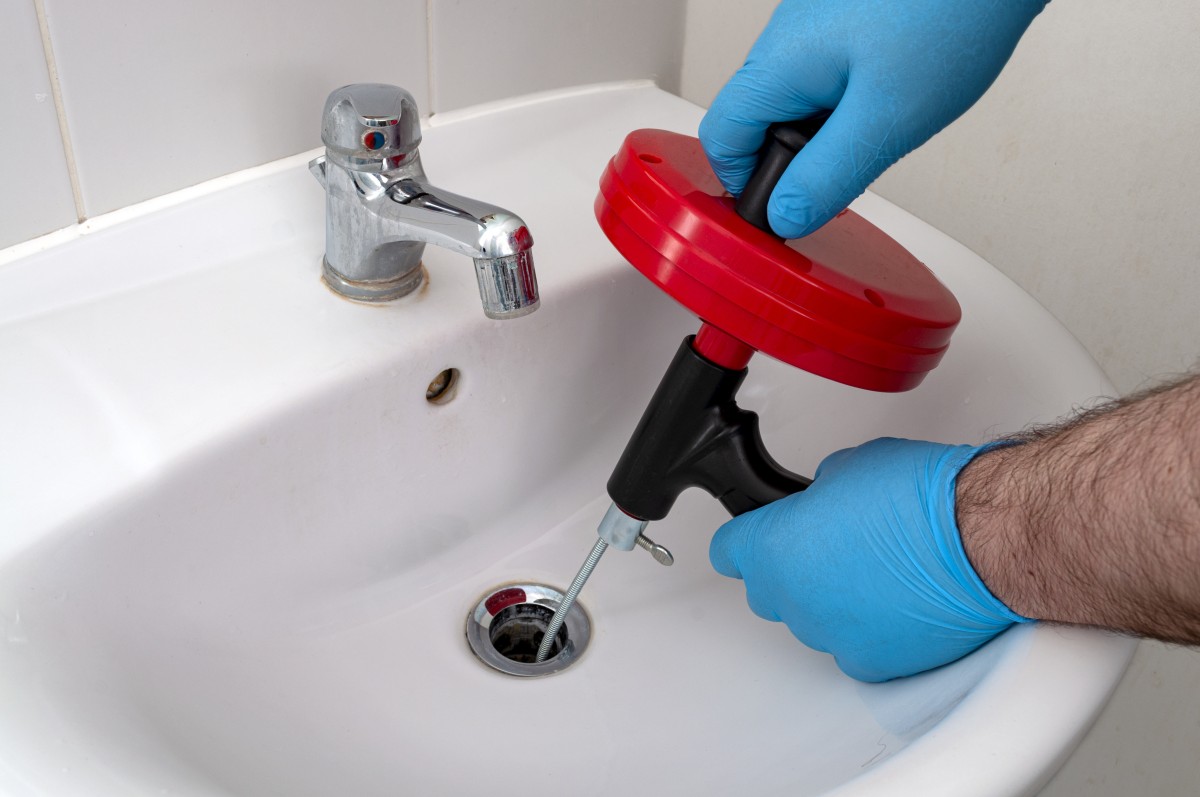 Using a plumber’s snake is an effective solution for clearing clogs in your kitchen sink. However, it’s important to practice regular maintenance to prevent clogs from happening in the first place. This can include using a drain guard to catch food particles, avoiding pouring grease down the drain, and periodically pouring boiling water down the drain to clear any buildup.
Don’t Let a Clogged Sink Ruin Your Day
A clogged kitchen sink can be a major inconvenience, but with the right tools and knowledge, it can be easily fixed. By following these steps and practicing regular maintenance, you can keep your kitchen sink running smoothly and avoid costly plumbing services. So the next time you encounter a clog, remember to reach for your trusty plumber’s snake and tackle the problem head on.
Using a plumber’s snake is an effective solution for clearing clogs in your kitchen sink. However, it’s important to practice regular maintenance to prevent clogs from happening in the first place. This can include using a drain guard to catch food particles, avoiding pouring grease down the drain, and periodically pouring boiling water down the drain to clear any buildup.
Don’t Let a Clogged Sink Ruin Your Day
A clogged kitchen sink can be a major inconvenience, but with the right tools and knowledge, it can be easily fixed. By following these steps and practicing regular maintenance, you can keep your kitchen sink running smoothly and avoid costly plumbing services. So the next time you encounter a clog, remember to reach for your trusty plumber’s snake and tackle the problem head on.
